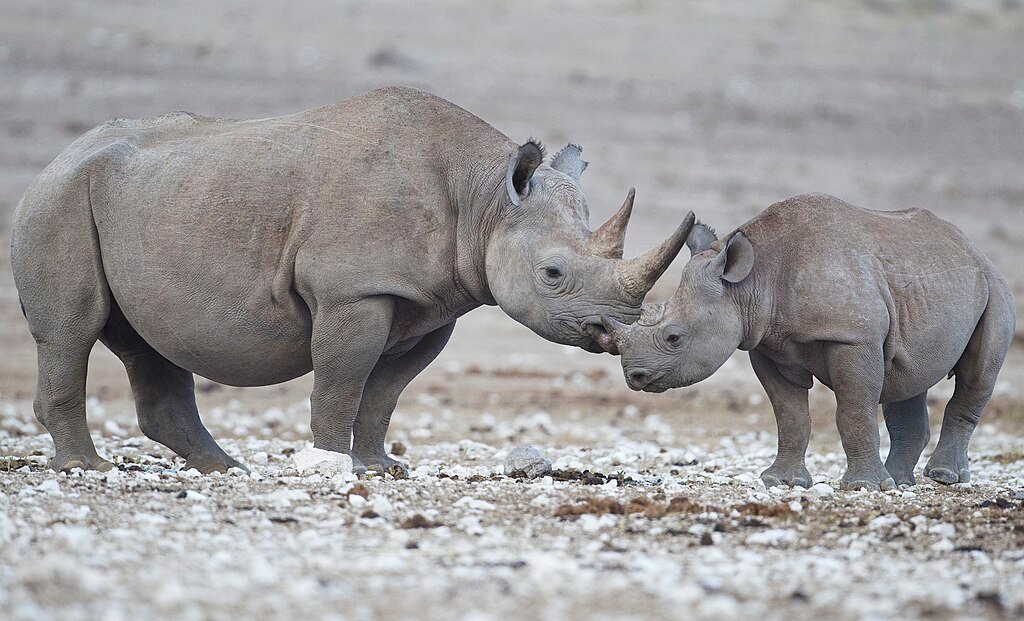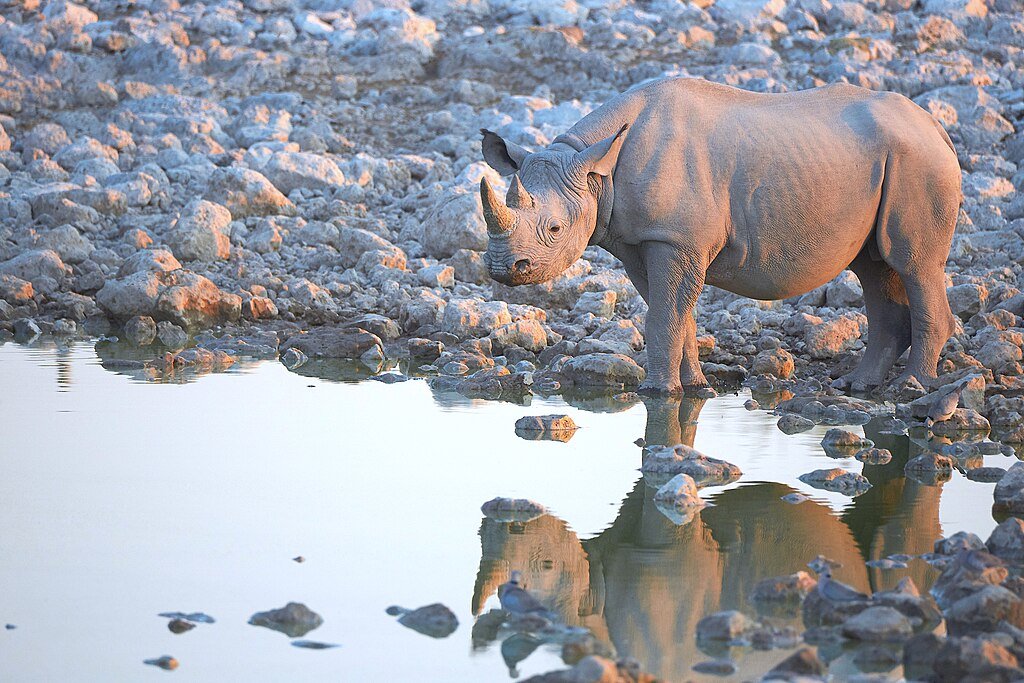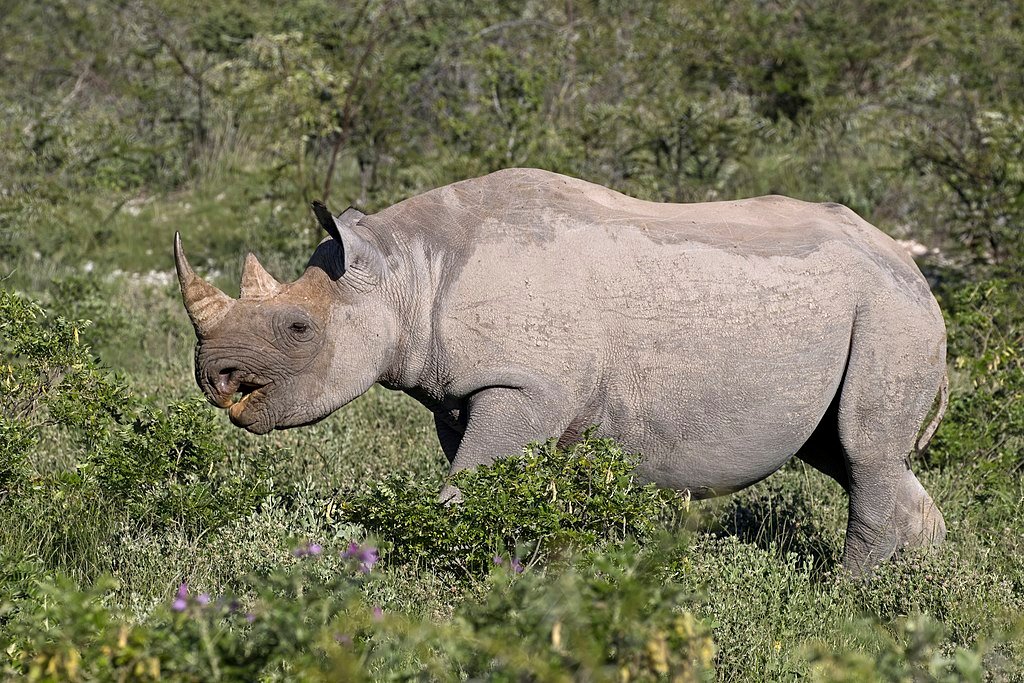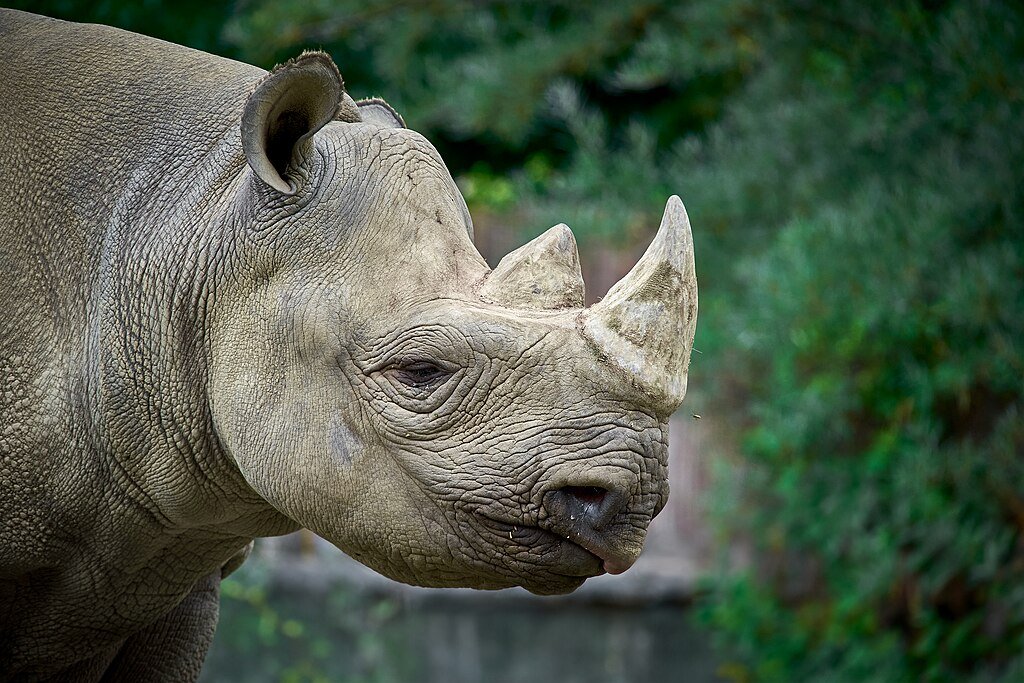A new study has revealed that allowing black rhinos to roam freely may be the best way to protect them from the hidden genetic dangers of interbreeding. Researchers analyzed the genomes of black rhinos in Tanzania and found that natural movement across habitats helps maintain genetic diversity, reducing harmful mutations. This finding suggests that conservation strategies should prioritize habitat connectivity to support healthy rhino populations.
The Threat of Interbreeding in Enclosed Sanctuaries

Black rhinos are often confined to fenced sanctuaries to protect them from poaching, their greatest threat. However, this isolation increases the risk of inbreeding, which can weaken populations over time. When rhinos are restricted to small areas, they have fewer opportunities to mix with genetically diverse individuals, leading to a buildup of harmful mutations. Conservationists have attempted to mitigate this by translocating rhinos between populations, but this approach is costly and may introduce unintended genetic risks.
Genetic Insights from Whole Genome Sequencing
Scientists conducted whole genome sequencing on 21 black rhinos from Tanzania, comparing individuals with translocated parents to those that had bred naturally. While translocated rhinos showed reduced inbreeding, they also carried more harmful genetic mutations. In contrast, rhinos that roamed freely and interbred across different areas benefited from reduced inbreeding while showing fewer dangerous mutations, likely due to natural selection. This suggests that unrestricted movement allows genetic diversity to be maintained more effectively than artificial interventions.
The Role of Habitat Connectivity in Conservation

Ensuring that rhinos can move freely between habitats may be a more sustainable strategy for maintaining genetic health. Conservationists emphasize the importance of habitat corridors, which allow rhinos to travel safely between protected areas without direct human interference. These corridors help maintain genetic diversity while reducing the need for costly translocation programs, which may inadvertently introduce genetic vulnerabilities. Restoring and preserving natural landscapes could be a long-term solution to maintaining healthy rhino populations.
Conservation Challenges and Future Strategies
Despite the benefits of free movement, black rhinos continue to face threats from habitat fragmentation and human encroachment. Expanding protected areas and addressing poaching remain crucial components of conservation efforts. Researchers recommend monitoring genetic diversity in rhino populations to ensure that conservation strategies are effective. Future studies may explore how movement patterns influence genetic health in other large mammals, offering broader insights into wildlife conservation.
Conclusion

Allowing black rhinos to roam freely appears to be a promising strategy for reducing inbreeding risks and maintaining genetic health. As conservationists explore new approaches to protecting these critically endangered animals, habitat connectivity may play a crucial role in their long-term survival. Preserving the ability of rhinos to move naturally across landscapes could be key to sustaining resilient populations.
Source:





